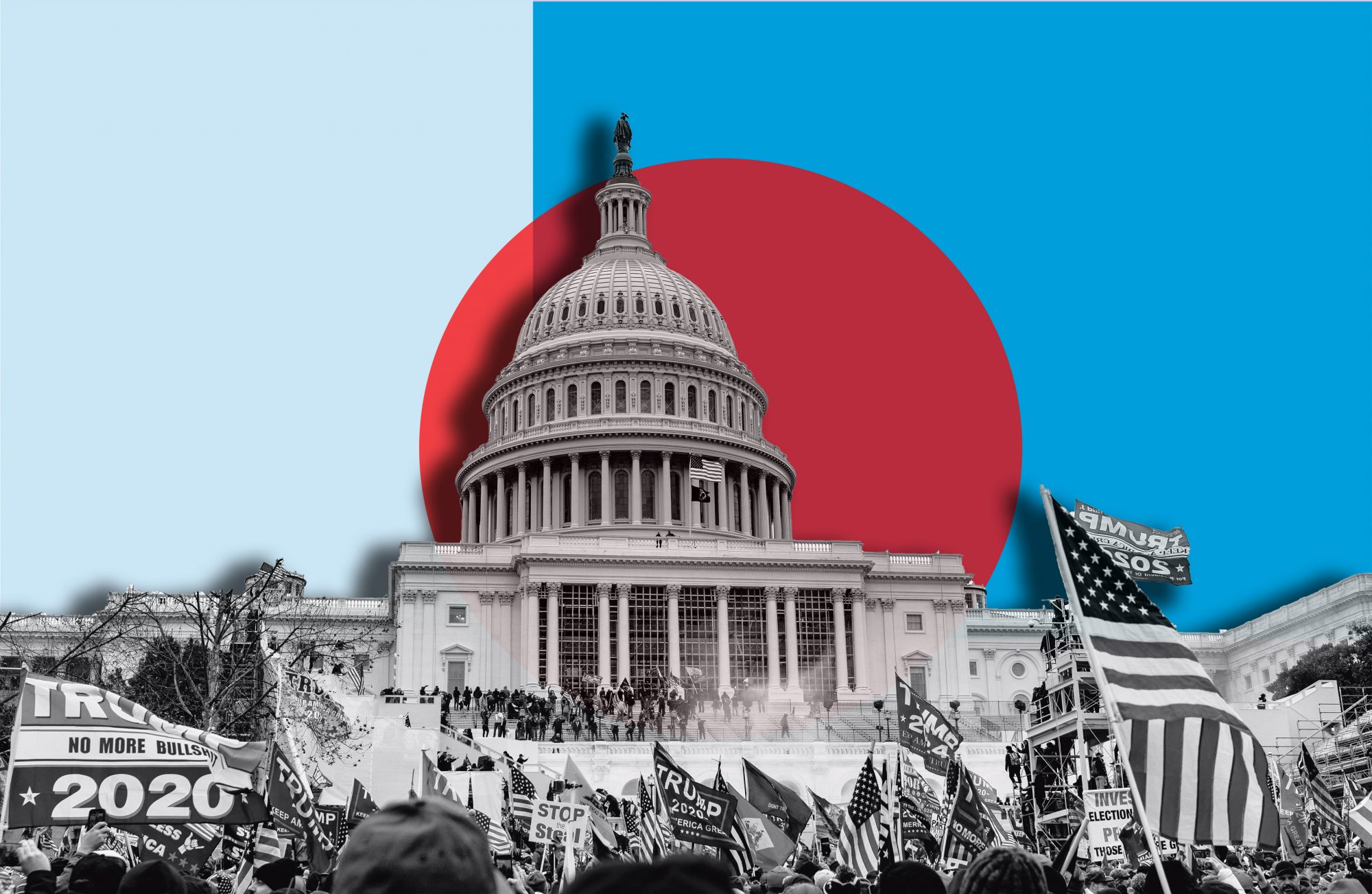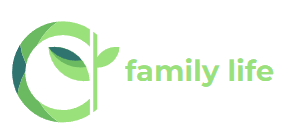
Earlier this week, Americans on nearly every part of the political spectrum watched in horror as a mob invaded the U.S. Capitol building. One thing is very clear: This was not simply a protest.
As parents, we want members of the next generation to know that their voices are valuable. We want to inspire engagement and activism. Many of us want our children to protest against things they feel strongly about, albeit in a safe and nonviolent way. With that in mind, it's important to differentiate between protests and what transpired earlier this week.
We spoke with experts who helped us break down the distinction.
1. It Attempted to Overthrow a Democratic Process
"I would call it the most extreme form of rioting, which is called an insurrection," says Njeri Rutledge, a legal expert and mother. By definition, an insurrection is an act of revolting against an established government.
It's important to explain to children that the mob interrupted members of the senate as they gathered to officially certify the results of the 2020 election.
"Those are insurrectionists," adds Ayesha Bell Hardaway, a professor of law and the director of the Social Justice Institute at Case Western Reserve University. "That was an attempted coup. The language around how we describe the actors is really critical. There was an important political process that was taking place. The purpose of [these actions] was to avoid the transfer of power…It wasn't just a display of anger as a result of how you're being treated by a segment of the government. This was an attempt to take over the government entirely."
2. It Threatened Physical Harm to Others
"What transpired in the U.S. Capitol was not protest. It was not peaceful, but rather violent, intrusive, and destructive," says Khadijah Booth Watkins M.D., M.P.H, the associate director of the Clay Center for Young Healthy Minds at Massachusetts General Hospital (MGH), and the Associate Director of the Child and Adolescent Psychiatry Residency Training Program of Massachusetts General Hospital and McLean Hospital. "There was physical harm to others and death."
"One way in which to describe the actions of that day would be to liken it to a temper tantrum of a two-year-old, when not given what they want," Dr. Booth Watkins adds. "This behavior would be appropriate and tolerated from a toddler, but not from a teenager and certainly not for adults."
While discussing violence with children is never easy, it's important to point out that protests should never involve weapons.
"There were pipe bombs [and other weapons and] a noose was found outside of the Capitol building. This went way beyond First Amendment expression of ideas," says Professor Rutledge.
3. People Destroyed Symbols of Democracy
Most kids understand that stealing is wrong. With that in mind, taking items with strong ties to our nation's history is much more extreme than petty theft.
"In our government, symbols matter," says Professor Rutledge. "One of [these] items that was desecrated was the Speaker's lectern. There's a picture of someone just horsing it off. That's so important and so symbolic because it's where we try as a people to pass laws, to govern, to lead. And by taking that, it was an attack of a very important symbol of democracy."
Aside from trespassing, members of the mob also ransacked offices and rooms. It may be wise to refer to these unlawful acts as "rules" when speaking to children. "We have rules," says Reena B. Patel (LEP, BCBA), parenting expert, licensed educational psychologist and board-certified behavior analyst. "Talk about respect. Talk about the concept of asking before taking."
How to Help Kids Understand What Happens Next
There May Be Legal Consequences
While kids may wonder why, if the actions of the insurrectionists were wrong, more people didn't seem to receive appropriate punishments. That's a tough and nuanced conversation to be had.
"We have to be honest with children and say 'that's a really good question and a lot of people are asking that question,'" says Professor Bell Hardaway. "Sometimes these things take time. Sometimes it takes time to identify who the bad people were. Because of that, the punishment can't happen as quickly…it's going to be the responsibility of the government to initiate charges."
But there's a more complicated (and sensitive) issue at hand here as well.
"In the news, on social media, and in conversations among family and friends, people imagined how different and much deadlier the police response would have been if those people lined up outside the barriers had been Black or Brown," says Dr. Booth Watkins. "Conversations (which should be ongoing) about racism should take place in all families regardless of race, ethnicity, or cultural background."
Children Should Be Encouraged to Use Their Voices
"Under our Constitution, we have a legal right to peacefully assemble. That doesn't involve violently confronting law enforcement officials. But it does give you the right to be in a place where you can make it clear you're unhappy with the status quo," says Professor Bell Hardaway.
If you're a parent, you may (understandably!) worry about your child's safety should they choose to attend a protest. That's why it's important to identify safe ways for them to exercise their rights and use their voices.
"If you see something that's not right, of course, you should say something," says Patel. "[Talk to children about] writing to your local government, writing emails, what it means when we go out in the streets and hold signs."
We all want our children to know that their voices matter. And we want to inspire them to stand up for what they believe in–in safe and nonviolent ways. For more specific information on encouraging kids and teens to participate in civic activism, see:

